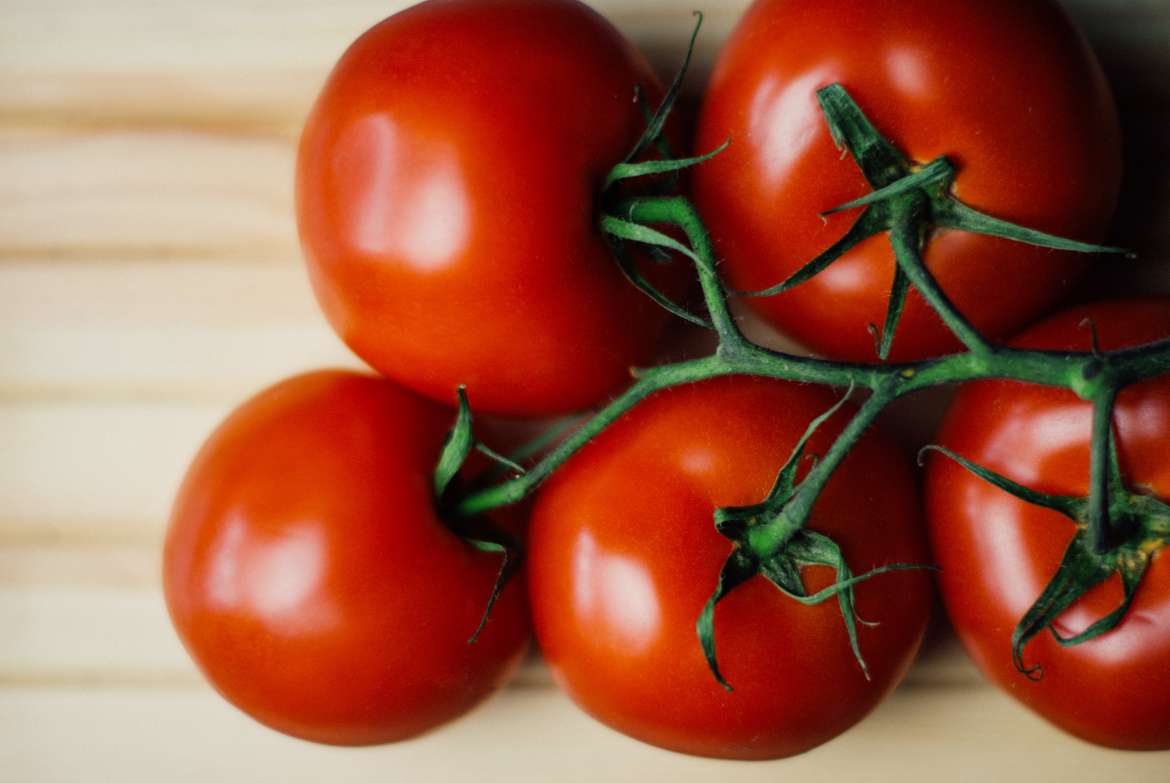Nutrient Overview
Calories: Low
Protein: Moderate
Fat: Low
Saturated fat: Low
Cholesterol: None
Carbohydrates: High
Fiber: High
Sodium: Low
Main vitamin: Vitamin A and C
Main mineral: Potassium
Health Benefits
Scientifically, tomatoes are fruits but most people consider them as vegetables. Tomatoes are a great source of lycopene, which is associated with significant reduction in the risk of getting prostate cancer.
Tomatoes are also a good source of lutein, which is good for healthy vision. What few people are aware of, is that tomatoes are also a good source of Vitamin C.
Buying & Preparing Tomatoes
When buying tomatoes, choose those that are smooth in texture and either round or oval in shape. They should feel heavy for their size and the flesh should be firm and not watery.
If you plan on using them immediately pick the ones that are already ripe with deep orange-red skin red. It’s usually best if you get them from your local farmer but Be sure to avoid bruised tomatoes or those with mold around the stem end. Those tend to be rotten inside.
Cooking tomatoes with a bit of oil or serving them fresh are the best ways to serve tomatoes. When preparing tomatoes, remove and discard leaves and stalks. Wash them under cool running water before slicing and serving. Tomatoes are also best peeled by putting them into boiling water and rising them off with cold water afterwards.
How To Store Tomatoes
When storing unripe tomatoes keep them at room temperature. Unripe tomatoes are best kept in temperatures between 60° and 75°F. Keep them away from direct sunlight as this can soften the tomato without fully ripening it.
Basically, you would destroy all their Vitamin A and C. For ripe tomatoes, they are best kept refrigerated but be sure to use fully ripe tomatoes within two or three days.



